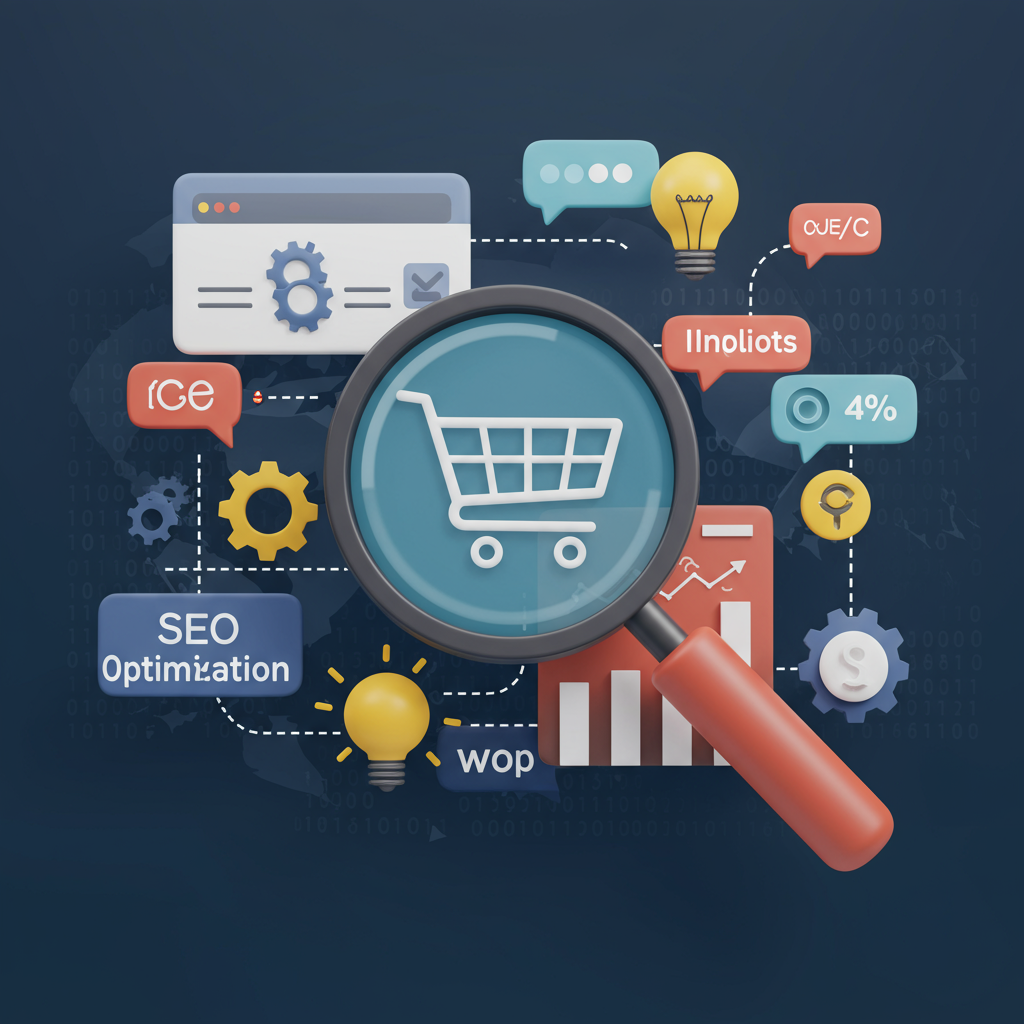A comprehensive, first-person guide to optimizing your Shopify store for search engines and driving organic traffic.
Welcome, fellow e-commerce entrepreneur! If you’re running a Shopify store, you know the thrill of a sale. But how do you consistently bring new eyes to your products without breaking the bank on ads? The answer, my friend, is Search Engine Optimization (SEO).
As we look towards 2025, the landscape of online retail continues to evolve at a rapid pace. What worked last year might not be as effective today, and staying ahead of the curve is paramount for sustainable growth.
I’ve spent years navigating the complexities of online visibility, and I’ve seen firsthand the transformative power of a well-executed SEO strategy for Shopify stores. This isn’t just theory; it’s a practical guide born from experience.
My goal with this article is to provide you with a detailed, actionable Shopify SEO checklist for 2025. We’ll cover everything from the foundational elements to the more advanced techniques, all designed to help your store rank higher and attract more organic traffic.
Let’s start with the absolute bedrock of any successful SEO strategy: Keyword Research. Before you write a single product description or blog post, you need to understand what your potential customers are searching for.
I always begin by brainstorming core topics related to my products. Then, I dive into tools like Semrush, Ahrefs, or even Google’s Keyword Planner. These tools help me discover high-volume, relevant keywords, as well as long-tail opportunities.
It’s not just about volume; it’s about intent. Are people searching to buy (transactional), to learn (informational), or to find a specific website (navigational)? Tailoring your content to match search intent is crucial for conversions.
Don’t overlook long-tail keywords – these are longer, more specific phrases (e.g., ‘organic cotton baby clothes for sensitive skin’). While they have lower search volume, they often have higher conversion rates because the user’s intent is very clear.
Once you have your keywords, it’s time to apply them to your On-Page SEO. Your product pages are the heart of your Shopify store, and optimizing them is non-negotiable.
For each product, ensure your product title includes your primary keyword naturally. Your product description should be unique, detailed, and incorporate secondary keywords. Think of it as a sales pitch for both customers and search engines.
Crucially, optimize your meta title and meta description for every product page. These are what appear in search results. Keep them concise, compelling, and include your main keyword to encourage clicks.
Don’t forget your images! Every image on your product pages should have descriptive alt text. This not only helps search engines understand your images but also improves accessibility for visually impaired users.
Collection pages are also vital. Treat them like mini-landing pages, with unique descriptions that incorporate relevant keywords for the product category. This helps Google understand the theme of your collections.
Beyond products, your Shopify blog is an incredible SEO asset. Use it to create valuable, informational content around your keywords, answering common customer questions and establishing your brand as an authority.
Next up is Technical SEO, which ensures search engines can easily crawl, index, and understand your site. Site speed is paramount; slow loading times frustrate users and can negatively impact your rankings.
Shopify generally handles many technical aspects well, but always check your theme’s performance. Use Google PageSpeed Insights to identify areas for improvement, such as image optimization or reducing app bloat.
Ensure your store is fully mobile-responsive. With the majority of online shopping now happening on mobile devices, a seamless mobile experience is no longer a luxury but a necessity for SEO and sales.
Shopify automatically generates a sitemap.xml file and handles robots.txt, which are essential for search engine crawling. However, it’s good practice to submit your sitemap to Google Search Console.
Consider implementing structured data (Schema Markup) where possible. This helps search engines understand the context of your content, leading to rich snippets in search results for products, reviews, and more.
Regularly check for broken links on your site and implement 301 redirects for any pages that have moved or been deleted. Broken links create a poor user experience and can hurt your SEO.
Off-Page SEO is about building your store’s authority and reputation across the web. The most significant factor here is backlinks – links from other reputable websites to yours.
Focus on earning high-quality backlinks through content marketing, outreach, and building relationships. Avoid spammy link-building tactics, as these can harm your rankings.
Social media isn’t a direct ranking factor, but it plays a crucial role in brand visibility, driving traffic, and generating brand mentions, which can indirectly influence SEO.
User Experience (UX) and SEO are deeply intertwined. A positive user experience – easy navigation, clear calls to action, fast loading times – leads to lower bounce rates and higher engagement, signals that Google values.
Finally, monitoring and analytics are key. Regularly check Google Analytics to understand user behavior and Google Search Console to track your search performance, identify crawl errors, and monitor keyword rankings.
Stay informed about future SEO trends. AI’s role in search, the rise of voice search, and the increasing importance of E-E-A-T (Experience, Expertise, Authoritativeness, Trustworthiness) are all factors to consider for 2025 and beyond.
What are your thoughts on this comprehensive Shopify SEO checklist? I’d love to hear your perspective and any strategies you’ve found particularly effective!
Implementing this Shopify SEO checklist for 2025 requires consistent effort, but the long-term rewards of increased organic traffic and sales are well worth it. Remember, SEO is a marathon, not a sprint.
By focusing on providing value to your customers and optimizing your store for search engines, you’ll be well on your way to e-commerce success. Good luck, and happy selling!






